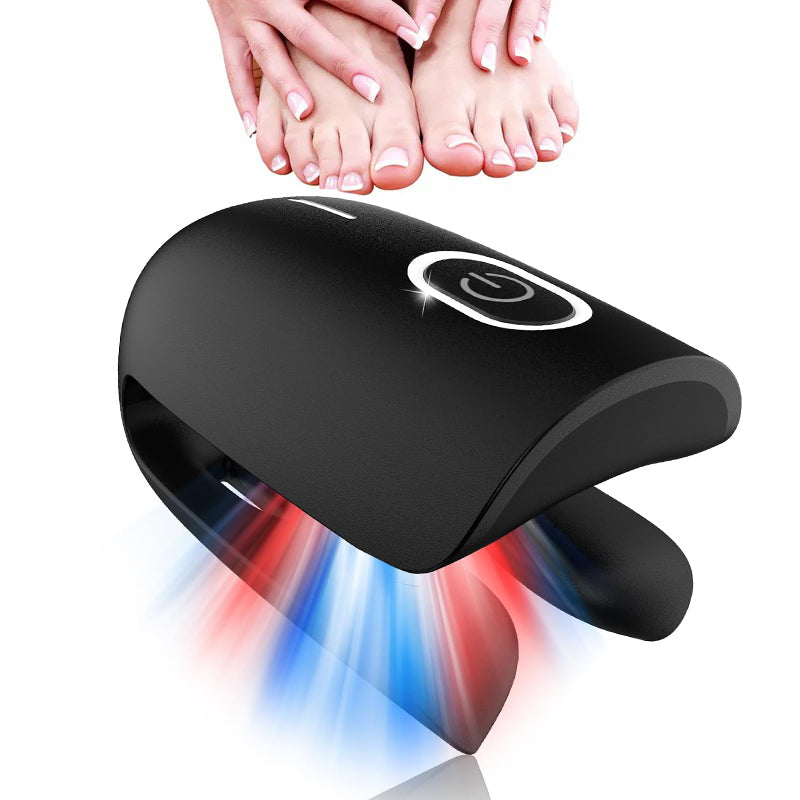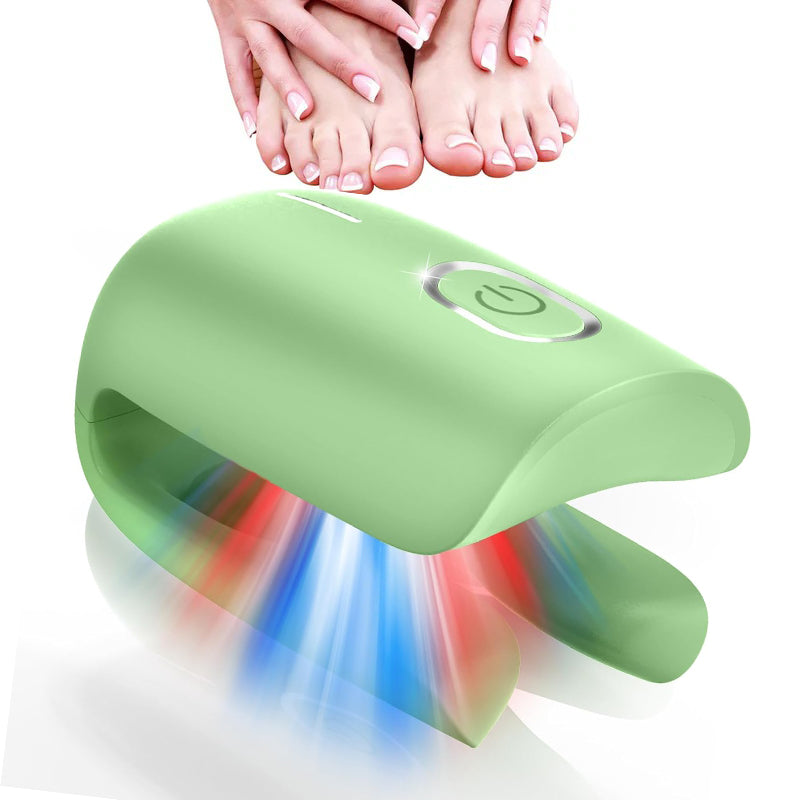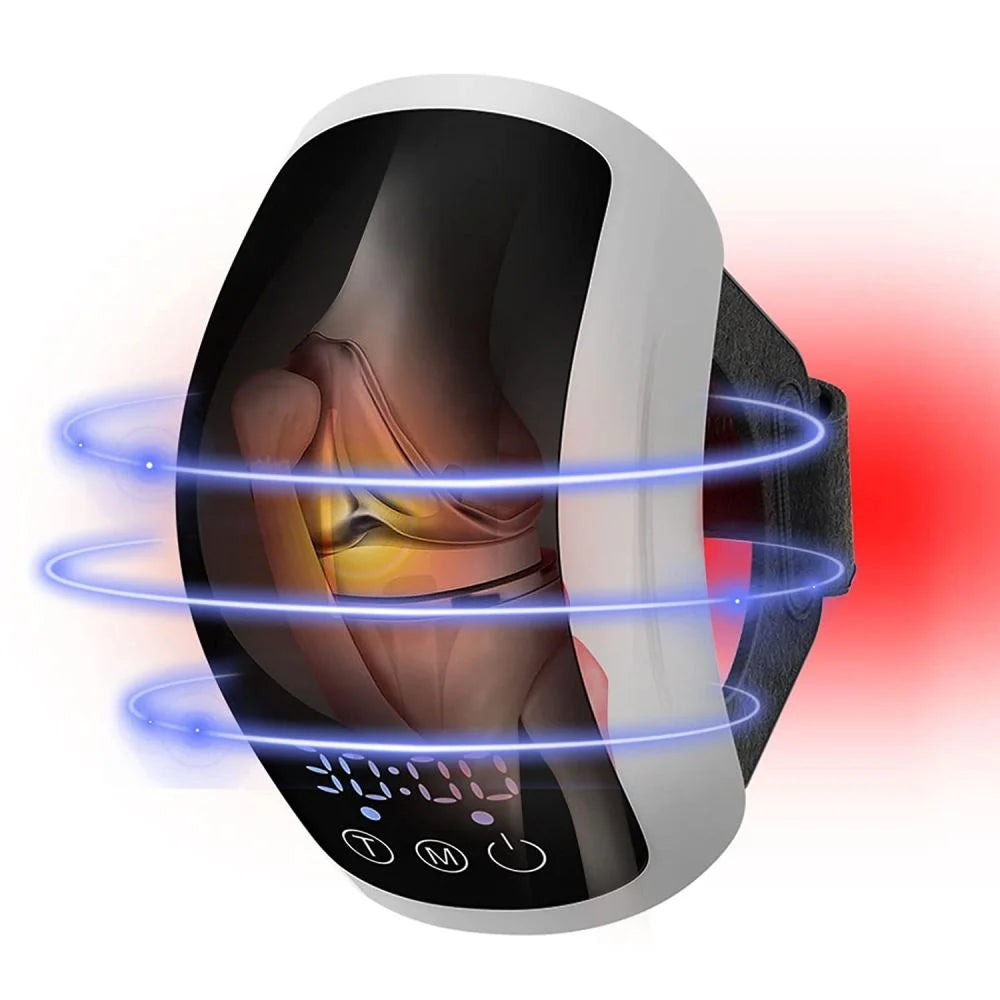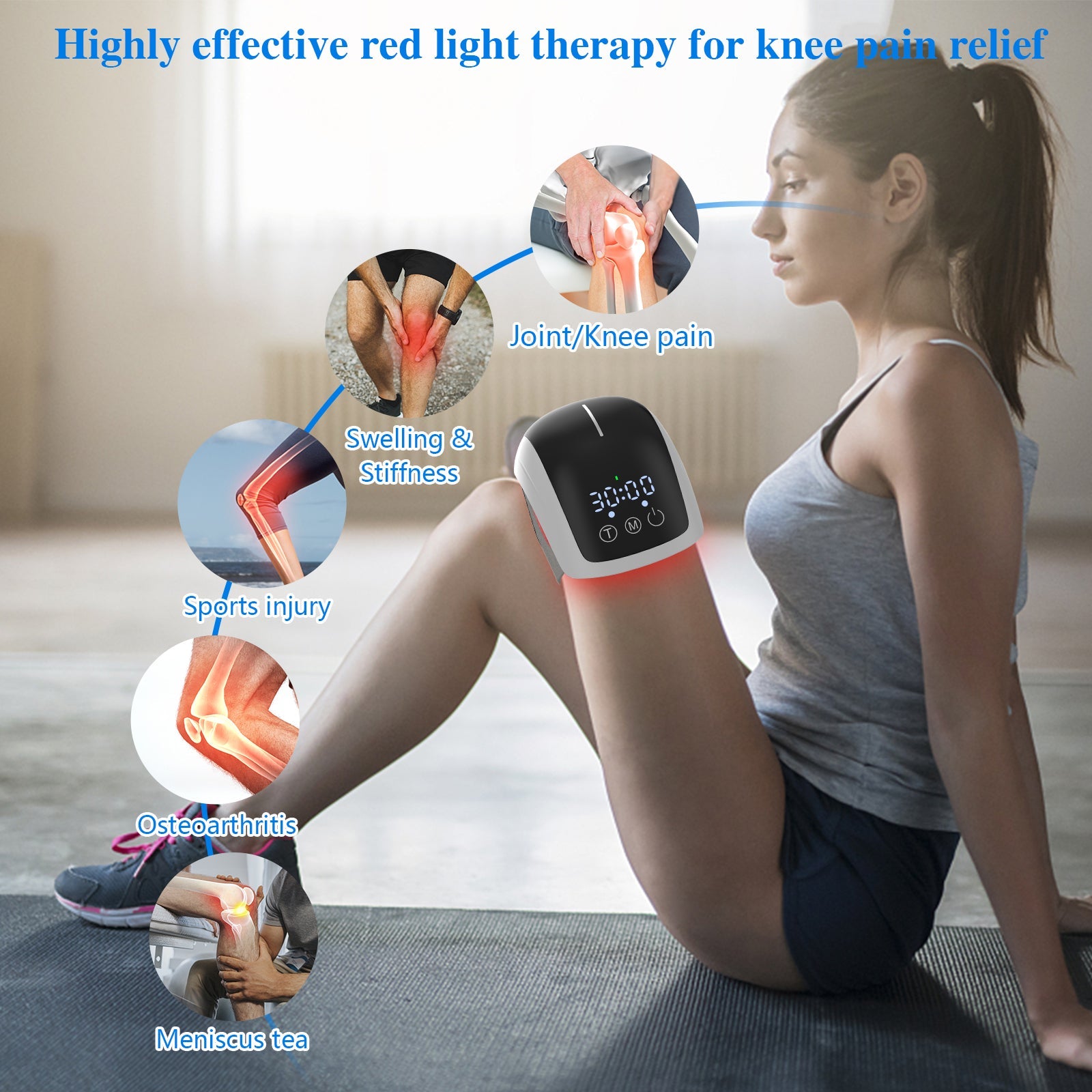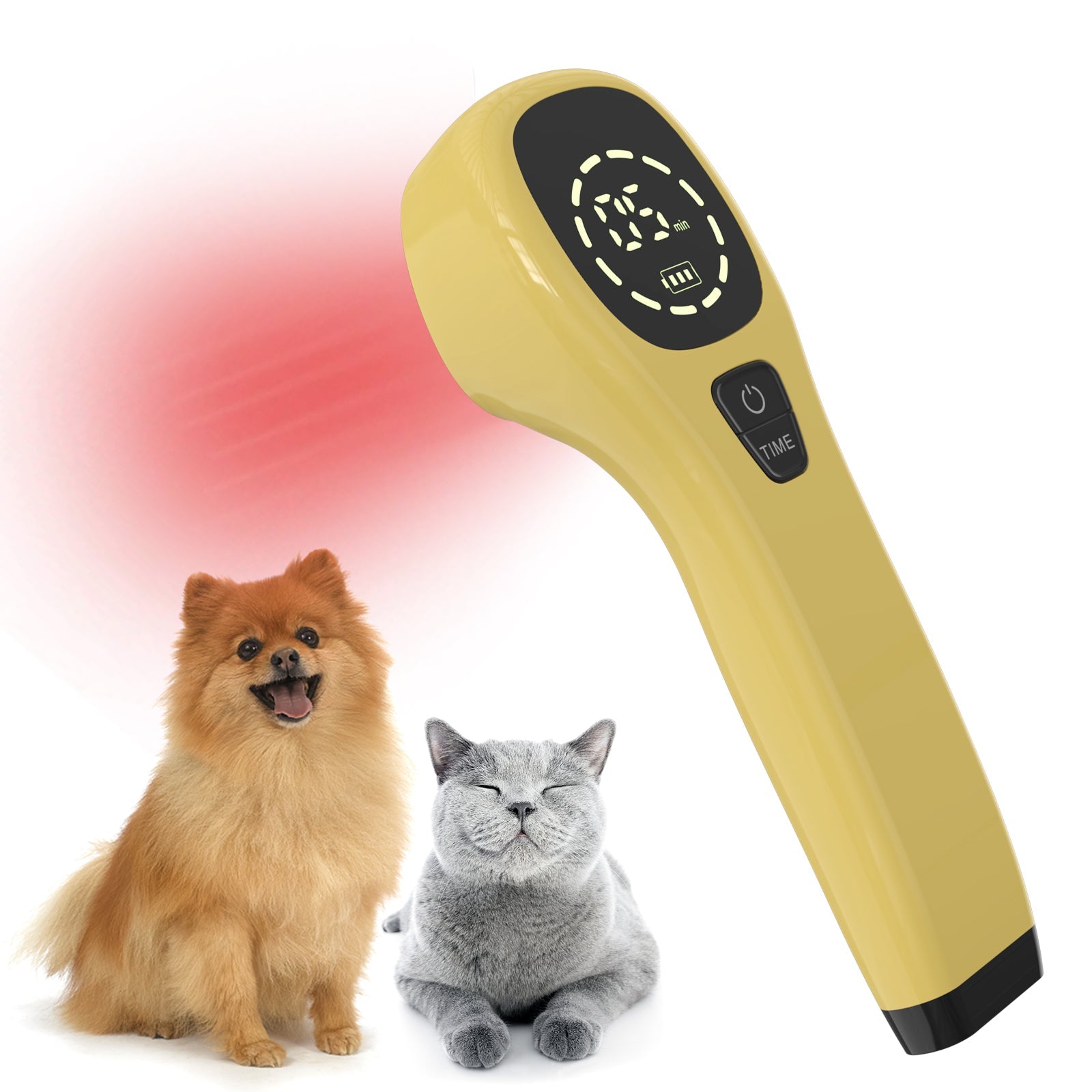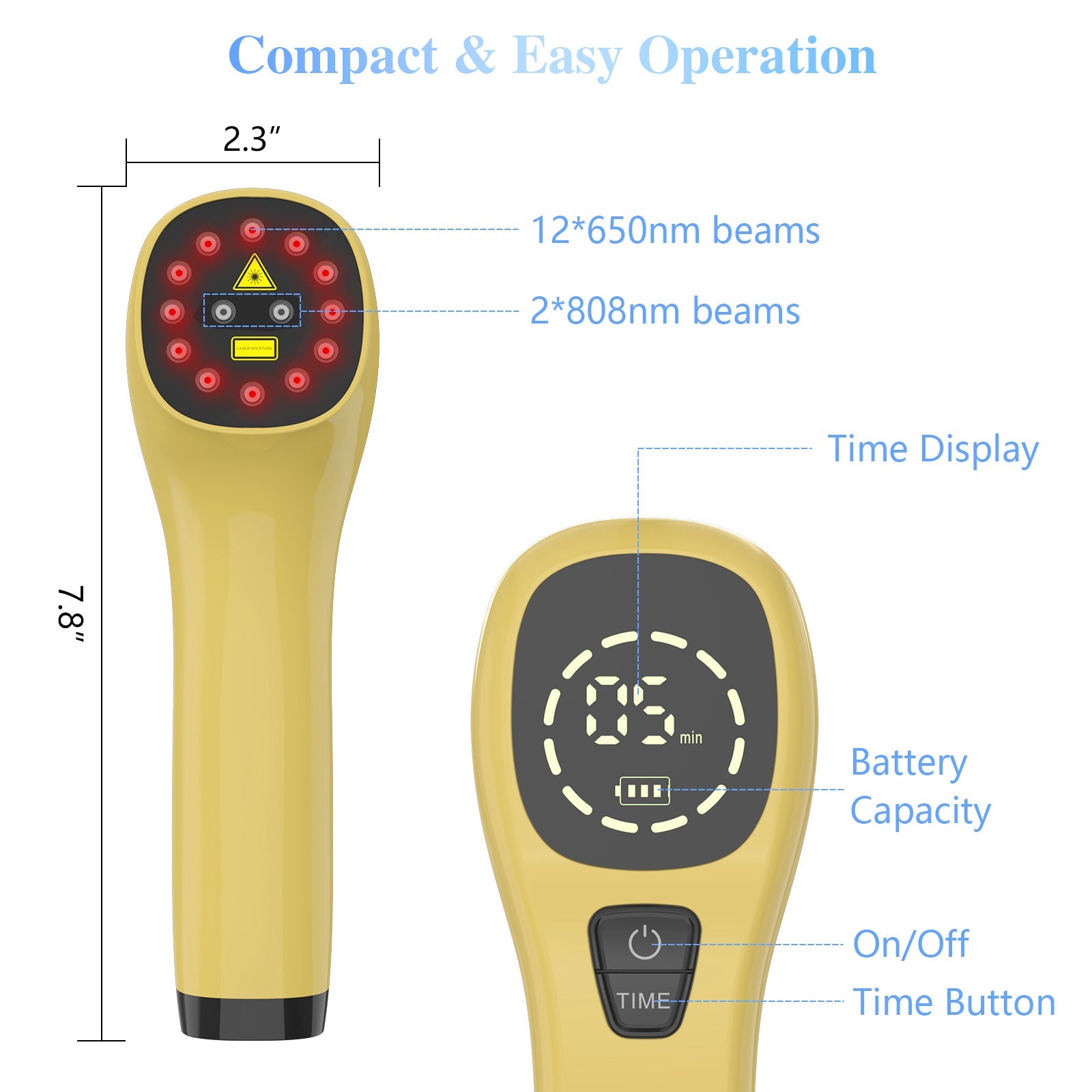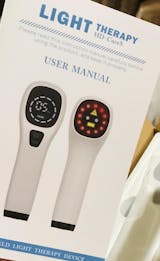It’s hardly a stretch to assert that red light therapy, as low-level laser therapy or photobiomodulation, is among the widely accepted noninvasive procedures with promising health solutions. The therapy includes the action of taking light that is close to red or near-infrared and exposing the body to that kind of light, and it is thought to activate cell processes and also improve the healing process. However, not all light in the red spectrum is the same, and the wavelength of light used in therapy can essentially be the difference between the treatment being effective and not.
- Introduction
Red light therapy has become quite popular over the years for its noninvasive approach, which involves the use of red or near-infrared light to stimulate cellular function, decrease inflammation, and promote recovery (Liu et al., 2021). It has been put to work for a range of symptoms starting from pain alleviation, through to treatment of wounds, all the way to skin rejuvenation. One of the primary advantages of red light therapy is that it can penetrate the skin deeply to the cellular level, reach the mitochondria and induce the production of adenosine triphosphate (ATP); this is our cell energy product, which is necessary for the optimal cellular function and repair.
- Understanding Red Light Therapy
Red light therapy, commonly known as photobiomodulation, frequently necessitates the delivery of low-level red and near-infrared radiation. Their light is absorbed by the mitochondria cells, which are also the centers of energy release and are thought to trigger cellular activities or functions and to initiate healing (Yang et al., 2022). Depending on the actual mechanisms of action, wherein enhanced ATP production is believed to be the primary source of energy supply to cells, it cannot be clear how red light therapy exactly works. As a result of the increased ATP production, this tends to lead to the cascading of a number of different benefits, one of which is enhanced cellular function, reduced inflammation and tissue repair.
The light sources of the spectrum that had wavelengths in the red and near-infrared range all have diverse functions on the body. The light spectra of the red range from 630-700 nm are found to be deeper, unlike the others, and it is better at stimulating cellular function (Liu et al., 2021). For instance, the wavelength of the light near-infrared light (700-1000 nm) is thought to permeate more deeply into the skin and thus more effective for inflammation and pain reduction. Various wavelengths of specific light can be used in red light therapy temporarily treating the condition depending upon the goal. Through the research and discovery of different mechanisms of this therapy around the superiority of certain wavelengths of light and others, the researchers aim to reach an appropriate level of effectiveness of red light therapy for numerous health conditions.
III. Importance of Specific Wavelengths
The main attributes of the red light wavelengths of red light therapy are reliant on their ability to influence different cellular processes and tissues within the body. The crux of the light penetration to the skin’s different layers is all about the wavelengths of the red and near-infrared light. The short rays of the red and near-infrared penetrate the most superficial layers of the skin, while the long rays of these wavelengths are more deeply absorbed. It helps in the precise excision of tissues on various levels of the skin, thus delivering a more focused and actual treatment. Such things as red light with a higher frequency are frequently used (red light) to activate cellular functions for the skin, making the dermis strong and homogeneous. From the opposite side, infrared rays, known for longer wavelengths, may penetrate deeper into the body, all the way to the muscles and joints, facilitating the treatment of inflammations and promoting the healing process.
In addition, it was demonstrated based on light having different effects on cells at certain wavelengths. Red and near-infrared (NIR) light were said to have these wavelengths. Take red light as an example, which is categorized in the range of 630-700 nm, thinking that it could be more effective in stimulating the mitochondria of cells, leading to ATP production being increased and improved cellular function (Novak et5 al., 2020). The light in a narrow near-infrared range from 700 to 1000 nm seems to have a heating effect, increasing blood circulation through low-level inflammation (Rehman et al., 2020). By finding out the specific changes in the organism influenced by the various types of wavelengths of light, the researchers and clinicians may design red light therapy treatments that are targeted to treat concrete conditions exactly or as much as possible.
- I Choosing the Right Red Light for Therapy
During the wavelength red light therapy device selection process, one needs to take into account a particular wavelength of light (Liu et al., 2021). Appliances or cords that produce light waves in the region of 630-700 nm are the ones that have an increased likelihood of stimulating cells into activity and healing. Also worth mentioning are features that happen to produce the right intensity and duration of light to achieve the desired effect or mitigate potential photoperiod disruptions. Parameters like the watts, width of the beam and the treatment area should also be considered when choosing
- Common Misconceptions
A number of lies about red light treatment and the right spectra loss have been revealed. Others consider that there is no such thing as red light therapy, for it only works when it is used under certain conditions. The precise manner of light used is also financially important there being different effects of light on the body (Novak et5 al., 2020). The use of an incorrect wavelength of light could fail to generate the desired therapeutic effect and sometimes produce undesirable adverse effects (Rehman et al., 2020). It will be necessary to use devices that emit light of the optimal wavelength for a particular state of health or treatment.
- Benefits of Targeted Red Light Therapy
Red Light Therapy can be an effective tool for tackling certain skin issues; patients with rosacea, psoriasis, and post-surgery or acne scar tissues can use this as a noninvasive alternative to traditional cosmetic procedures.
Besides target, generic & light therapy, which is a special wavelength of light, may have several benefits. These effects are, for example, improved cell function, reduced inflammation and improved healing. LASER red light therapy is particularly efficient for the management of allopathic conditions presenting, such as inflammatory joints, chronic pain as well as skin disorders (Chen et al., 2020). With red light therapy, you can choose the desired wavelengths to irradiate surreptitiously the affected area. This is how you can make your treatment more particular and effective.
VII. Conclusion
Conclusively, red light therapy presents a number of opportunities for treating various problems and diseases; however, the right type of light should be specified in order to achieve the best results. Experts recommend particular wavelengths of red and near-infrared light to stimulate the cells for better healing. Thanks to this knowledge about the essential wavelengths, people can be educated about the choice of red light therapy and also can decide concerning the possible consequences. It is vital to keep in mind the light wavelength, power output and area of the focus when selecting a red light therapy device in order to achieve the desired result. With the right use in mind, red light therapy is a tool that is beneficial for patients since it contributes to the overall improvement of their health and wellbeing.
Red light therapy is, indeed, a therapy in which more health benefits are being discovered, for example, pain relief and wound healing. However, the right type of red light has to be used to achieve optimal benefits. Not all the given frequencies of red or infrared light have the same healing effects. Thus, this type of therapy can be beneficial if an appropriate sort of frequency is applied to the treatment. With consideration of the effect of certain wavelengths, red light therapy users can experience the best benefits, and at the same time, their health and overall wellbeing can be improved.
References
Chen, C., Wei, H., Xu, N., Zheng, G., Yang, M., Xiong, Y., ... & Li, Z. (2020, April). Toward a thousand lights: Decentralized deep reinforcement learning for large-scale traffic signal control. In Proceedings of the AAAI conference on artificial intelligence (Vol. 34, No. 04, pp. 3414-3421).
Liu, J., & Van Iersel, M. W. (2021). Photosynthetic physiology of blue, green, and red light: Light intensity effects and underlying mechanisms. Frontiers in plant science, 12, 619987.
Novak, I., Morgan, C., Fahey, M., Finch-Edmondson, M., Galea, C., Hines, A., ... & Badawi, N. (2020). State of the evidence traffic lights 2019: systematic review of interventions for preventing and treating children with cerebral palsy. Current neurology and neuroscience reports, 20, 1-21.
Rehman, M., Fahad, S., Saleem, M. H., Hafeez, M., Rahman, M. U., Liu, F., & Deng, G. (2020). Red light optimized physiological traits and enhanced the growth of ramie (Boehmeria nivea L.). Photosynthetica, 58(4).
Yang, Y., Chen, F., Xu, N., Yao, Q., Wang, R., Xie, X., ... & Peng, X. (2022). Red-light-triggered self-destructive mesoporous silica nanoparticles for cascade-amplifying chemo-photodynamic therapy favoring antitumor immune responses. Biomaterials, 281, 121368.




